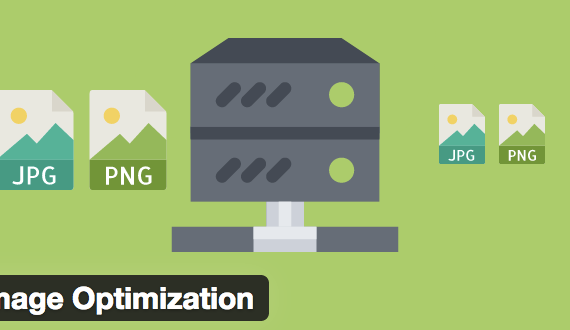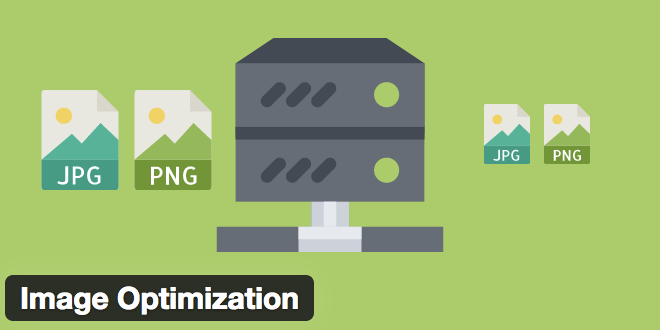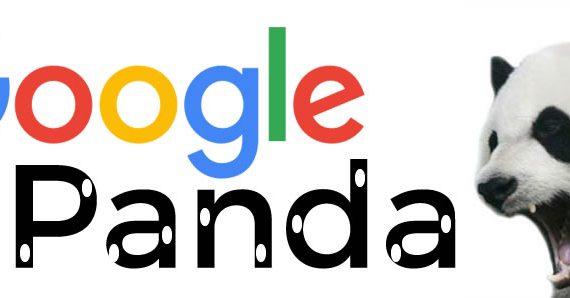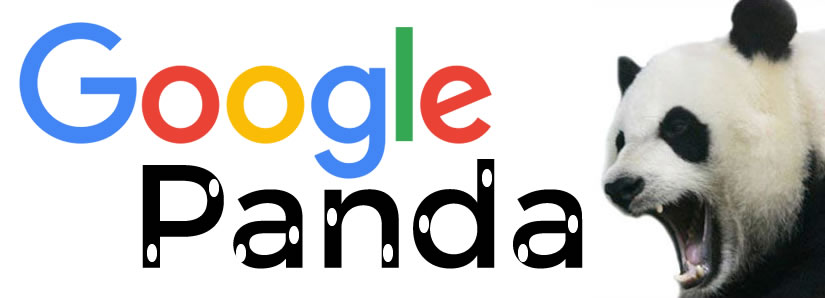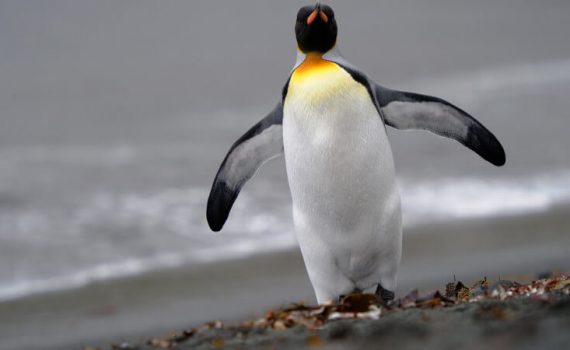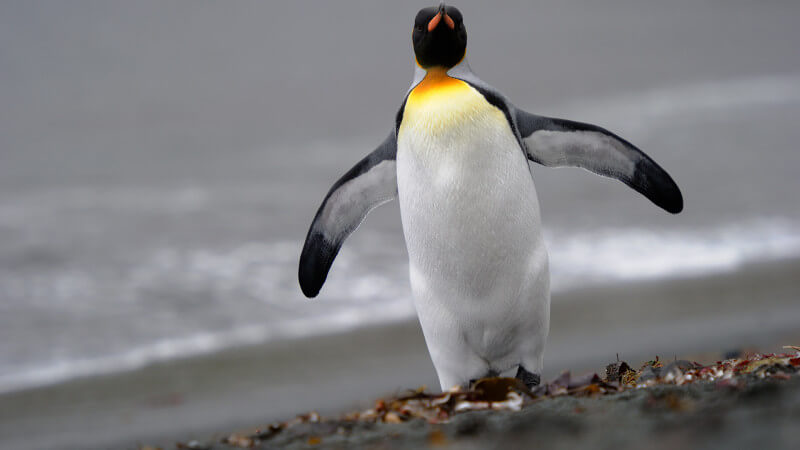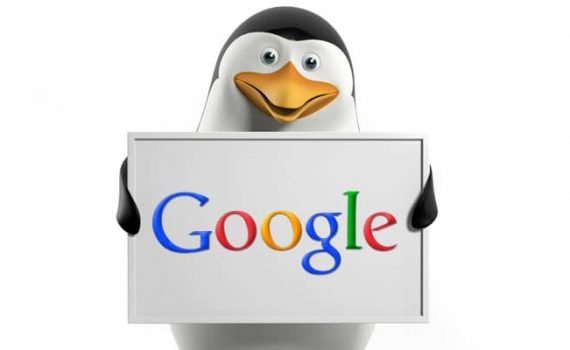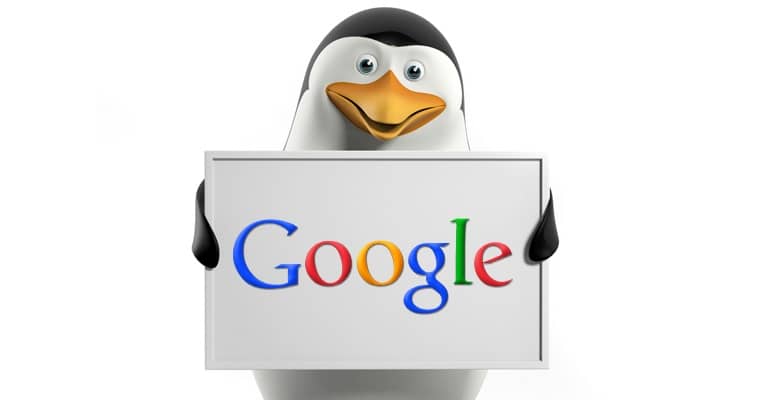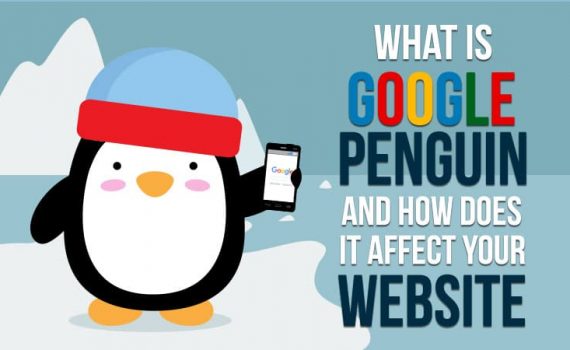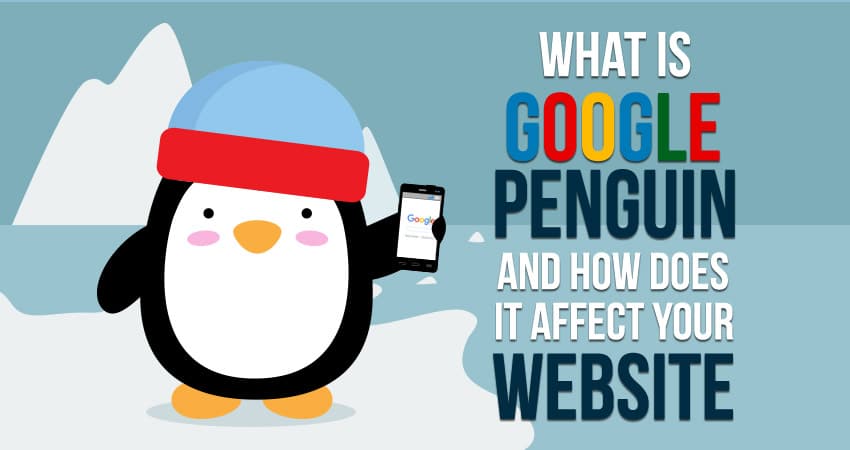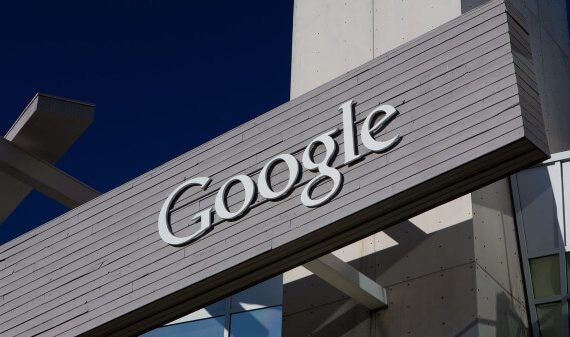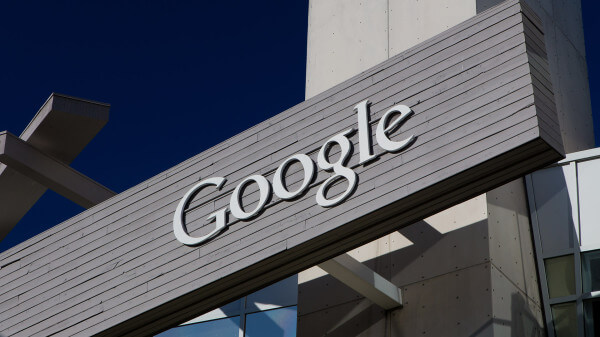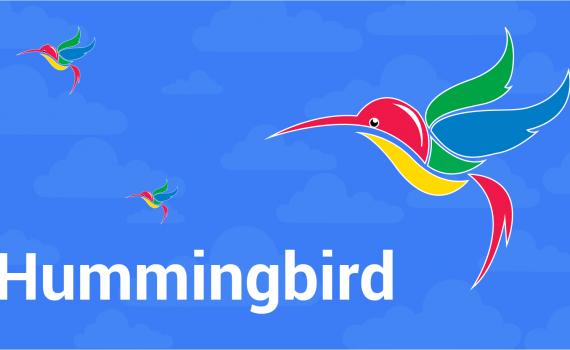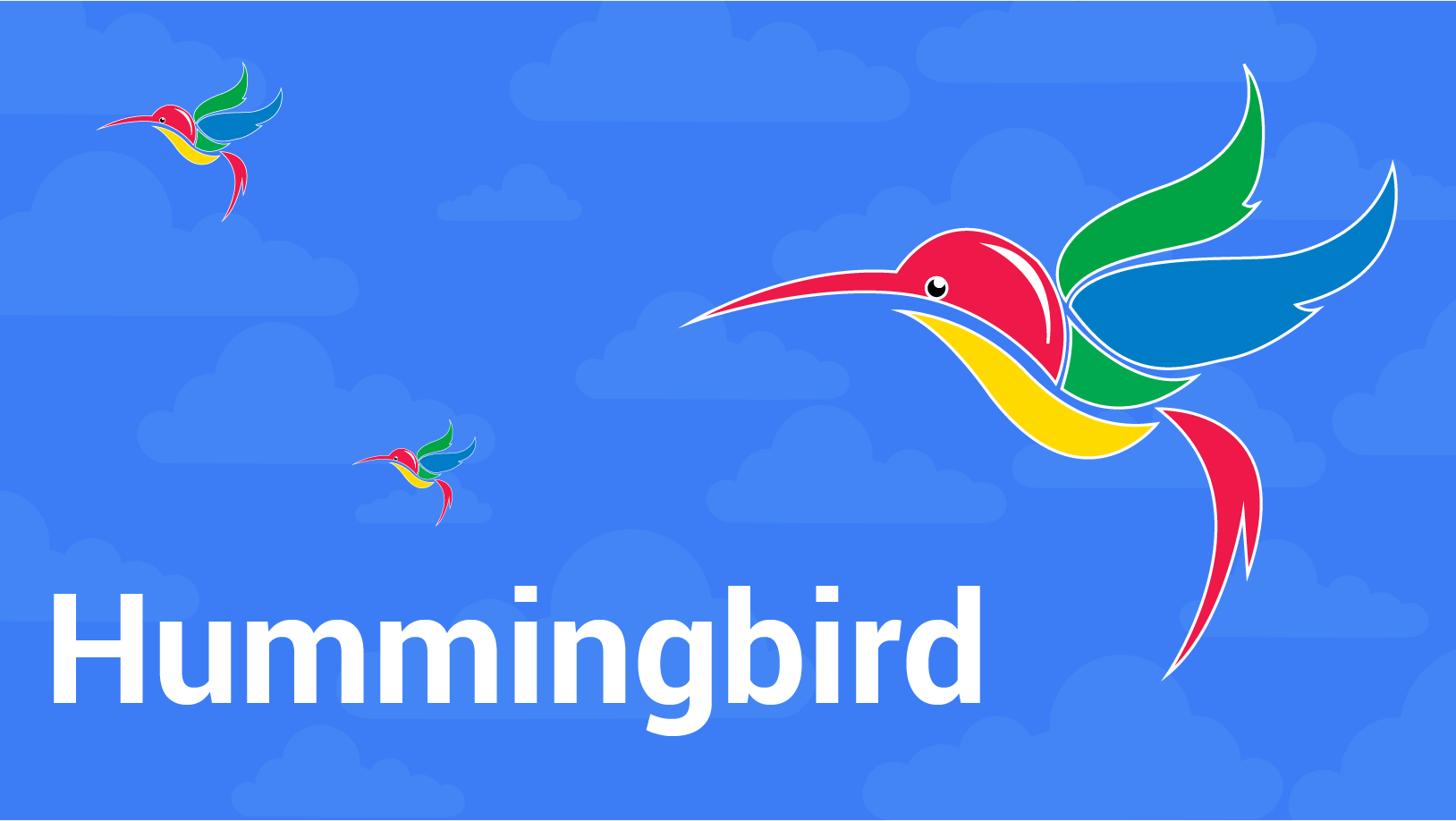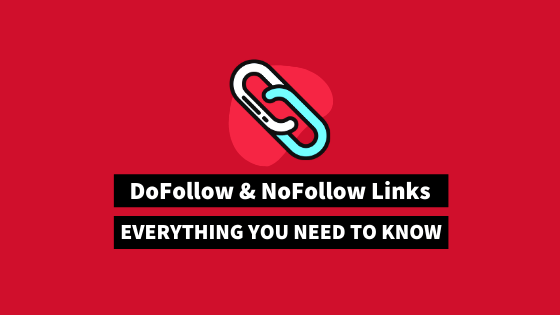
Dofollow vs Nofollow backlinks – Which is better for SEO
Category : Link building
The main difference between a Dofollow and a Nofollow link is that the former passes PageRank signals (many refer to this as link juice or SEO), and the latter does not. In other words, the difference lies in how the Google algorithm treats every link. The links, however, function in a similar way but Google looks at them differently depending on how you use the tag.
For Dofollow backlinks
A website’s PageRank is normally its value in Google’s eyes. PageRank signals are just points that tell Google along with other search engines the page that is being linked to is simply valuable or possess valuable information on it. Pages with a higher PageRank generally appear higher up on search engine results pages.
When a highly ranked site links to a lower-ranked one with a Dofollow link they are passing along their ‘link juice’ and it boosts the lower-ranked website’s value to the search engine. The lower-ranked one gets more PageRank points from the superior quality Dofollow link.
These points are the vital differences regarding why a Dofollow link is better than the other kind when you are building links back to your website. While Dofollow links may be crucial for SEO purposes, nofollow links are essential for websites too.
For Nofollow backlinks
Do NoFollow Links Really Offer NO SEO Value?
Well, not exactly. It’s a bit complicated but let’s dig into things. Google wants you to think there’s no value but many leading minds in the SEO field have shared their own thoughts and insights based on their own experiments and experiences.
Matt Cutts (the lead guy at Google who controls the knobs and dials on their search algorithm) has stated that their engine takes “nofollow” literally and does not “follow” the link at all. But studies reveal that Google does follow the link, but it does not index the linked-to page, unless it was in Google’s index already for other reasons (such as other, DoFollow links that point to the page). This is an important piece of the equation that should be noted.
Another thing we know in this modern era of SEO, post-Penguin update, is that link diversity is key. This means diversity in the websites that are linking to you, diversity in the link text used for these links and diversity in the types of links in your overall inbound link portfolio. Think about it, wouldn’t it look a little suspicious if ALL your site’s inbound links were DoFollow links? This isn’t natural since the large majority of links from social media sites for example are NoFollow links and a percentage of website’s who pass on links are default NoFollow links. The point is a healthy mix of NoFollow links among your treasured DoFollow links is a good thing and they shouldn’t be removed unless you’re confident they’re low quality links that could harm your site.
It’s also true that NoFollow links are likely to help you attract DoFollow links which based on the fine print in Cutts’ definition of NoFollow links, could increase the value of the NoFollow links that are pointing to the same web page.
Obviously, this is a good thing if we get a link from a great site that’s authoritative and relevant to our site’s page that’s getting the link traffic. But suppose this page has several, or a dozen links that are automatically dofollow – does that page lose all of the ranking love it gets from Google? Most likely not, but yes, it’ll be diminished over time. Any webmaster or SEO pro who is maintaining a site really doesn’t want to lose Google love, do they? Can you blame them if they want to keep as much link juice as possible? If you were in their shoes, wouldn’t you feel the same way? Sure you would – you know it.

Dofollow vs Nofollow backlinks
The Do-Follow Links Argument
The proponents of the “do-follow only” camp have a pretty logical argument backing them up. In terms of SEO value (“link juice”, to use the nomenclature) Google should theoretically only count do-follow links. Any link that is no-follow has a direct and clear instruction telling search engines to ignore it. Think of the rel=nofollow tag as one of those detour signs you occasionally see. The street is still there, it’s just you’re being told to pass by it.
Although the NoFollow link by definition is flagged to not be followed by search algorithms, as a contributing factor for PageRank, it’s important to look at the indirect SEO benefits and additional value these links offer. Stop obsessing over only attracting DoFollow links and instead focus your efforts on creating quality content that will naturally attract a mix of NoFollow and well deserved DoFollow links.
Do Nofollow links carry any benefit?
As stated by Google, Nofollow links don’t pass any PageRank or ranking benefits onto the target site. Using Nofollow drops the target from Google’s graph of the Internet. Thus your SEO will be inefficient if your backlink profile consists only of the Nofollow kind. Handily, there are tools available to check if your backlink is Nofollow. Otherwise, you can figure it out manually, by right clicking on your browser, clicking on “view page source”, and searching for the a rel=”nofollow” attribute.
But are Nofollow links entirely useless? Used in the right way, they pose numerous benefits. When multiple sites in your industry link back to yours with your target keyword/s as their anchor text, your ranking may skyrocket, as documented by Adam White. Thus, if the links are from related sites, especially those of high domain authority, Google will very likely give you credit for the anchor text used.
It is important to bear in mind that as a site owner, you should care more about human interaction rather than whether the search engine spider crawls your backlink. That means, it’s more important that people actually click a link pointing to your website, regardless of whether it’s Dofollow or Nofollow. A click is a guaranteed visit whereas a higher SERP guarantee you higher visibility. To a site visitor, a Nofollow link looks the same as any other. If it is appealing, they will click on it. Thus whilst Nofollow links don’t deliver link juice, they certainly deliver referral traffic, especially when featured strategically. And traffic opens possibilities: conversions from leads, sales, calls or even simply valuable demographic data and analytics.
Furthermore, think one step ahead and realise that Nofollow links can eventuate into Dofollow links. The onus is on spreading awareness of your site through driving human click-rate, and a powerful avenue is through authoritative recommendation. For example, let’s imagine a situation where you publish a press release about your new website. The press release link may be Nofollowed. However, if a popular media personality sees your post and likes it enough, they will link it on their blog. This Dofollow link will not only boost your visibility on indexes, but your visibility to humans too.
Related post: Tips for link building to speed up keyword ranking


